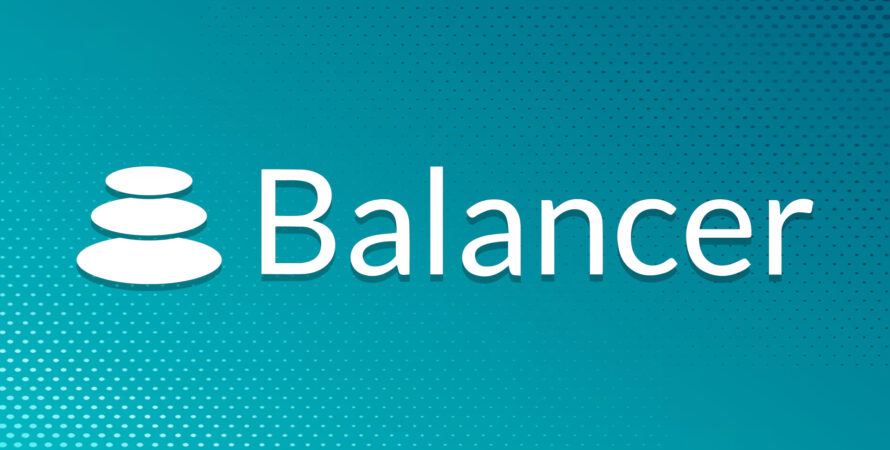Key Points at a Glance
- Balancer (BAL) is a decentralized finance (DeFi) protocol that facilitates the creation and management of self-balancing cryptocurrency portfolios.
- The protocol allows users to provide liquidity to various token pools and earn fees in return.
- Balancer employs an automated market maker (AMM) mechanism to maintain the balance of assets within the pools.
Introduction
Balancer (BAL) stands as one of the innovative pillars within the vast landscape of decentralized finance (DeFi). As a protocol, it enables users to create and manage self-balancing portfolios of various cryptocurrencies. In this article, we shall explore the fundamental concepts behind Balancer, its mechanics, and its significance in the ever-evolving world of decentralized finance.
Mechanics of Balancer
1. Liquidity Pools and Automated Market Makers (AMMs)
At its core, Balancer operates on the principle of liquidity pools and automated market makers. These pools consist of multiple tokens, each with a certain weight or proportion. Users can contribute their assets to these pools and earn fees for providing liquidity. The automated market maker mechanism ensures that these pools remain balanced and provide efficient trading opportunities.
2. Customizable Portfolios
What sets Balancer apart is its ability to create custom portfolios. Traditional AMMs like Uniswap generally use a 50-50 ratio of tokens in their pools. However, Balancer allows users to design pools with multiple tokens and varying weightings. This enables a more personalized approach to trading and investing, catering to different risk appetites and strategies.
3. Fees and Incentives
Users who provide liquidity to Balancer pools are entitled to a portion of the trading fees generated within those pools. Additionally, BAL tokens can be earned as rewards, adding an extra layer of incentives for liquidity providers.
Significance in the DeFi Landscape
Balancer plays a crucial role in the DeFi ecosystem by offering several advantages:
Customization:
Balancer’s flexible pools empower users to tailor their investment strategies according to their preferences.
Efficiency:
The automated market maker mechanism ensures that pools remain balanced, which can lead to lower slippage and better trading experiences.
Liquidity Provision:
Balancer incentivizes users to provide liquidity to the ecosystem, contributing to deeper liquidity pools and enhanced overall market efficiency.
Decentralization:
The governance token, BAL, enables decentralized decision-making, giving the community a say in the protocol’s evolution.
Conclusion
In the rapidly evolving realm of decentralized finance, Balancer stands as a unique and innovative protocol that brings flexibility, efficiency, and customization to cryptocurrency trading and investment. By enabling users to create their own self-balancing portfolios and participate in liquidity provision, Balancer plays a pivotal role in shaping the future of DeFi. As the DeFi landscape continues to expand, Balancer’s significance is poised to grow, contributing to a more diverse and decentralized financial ecosystem.




